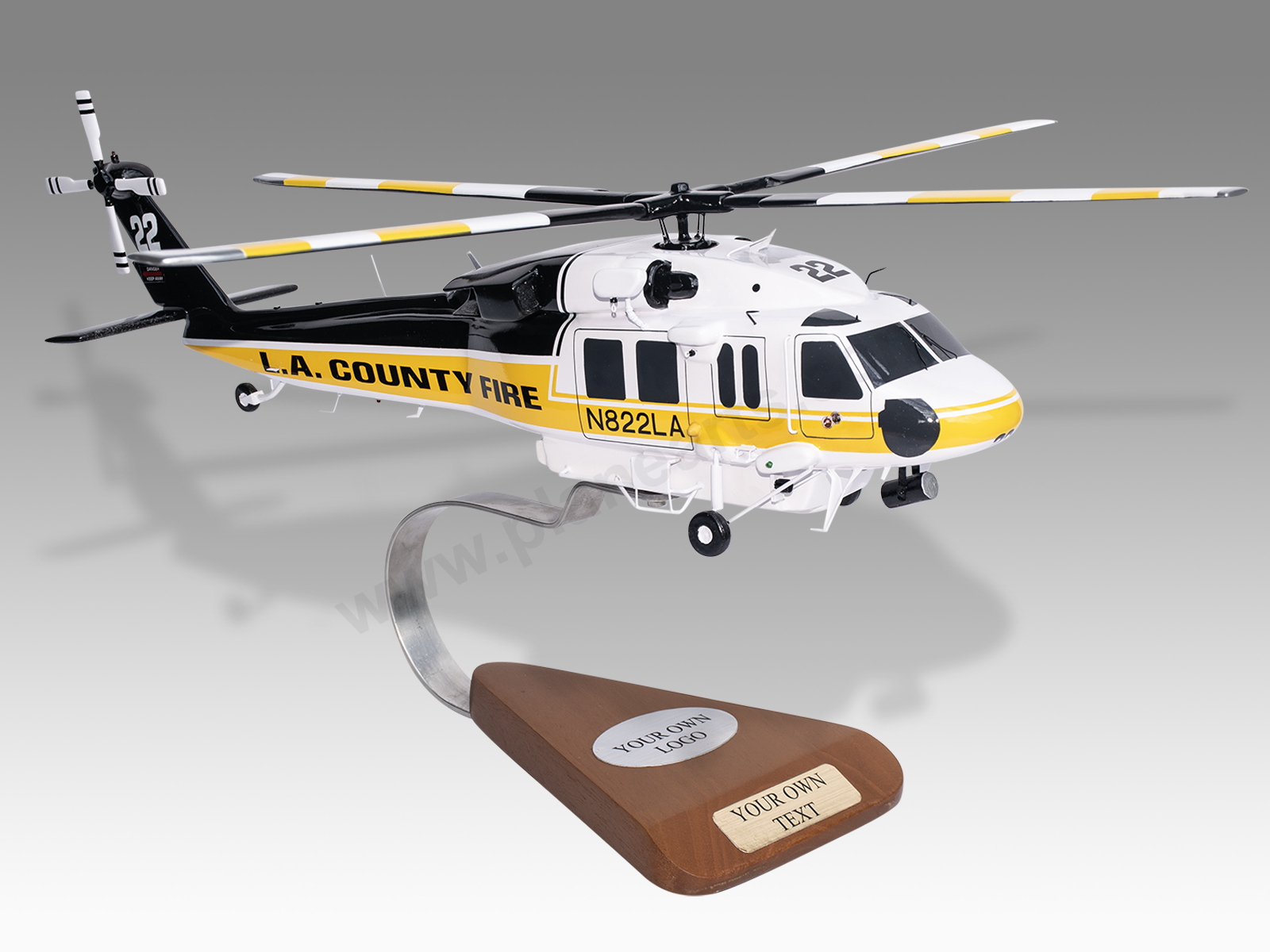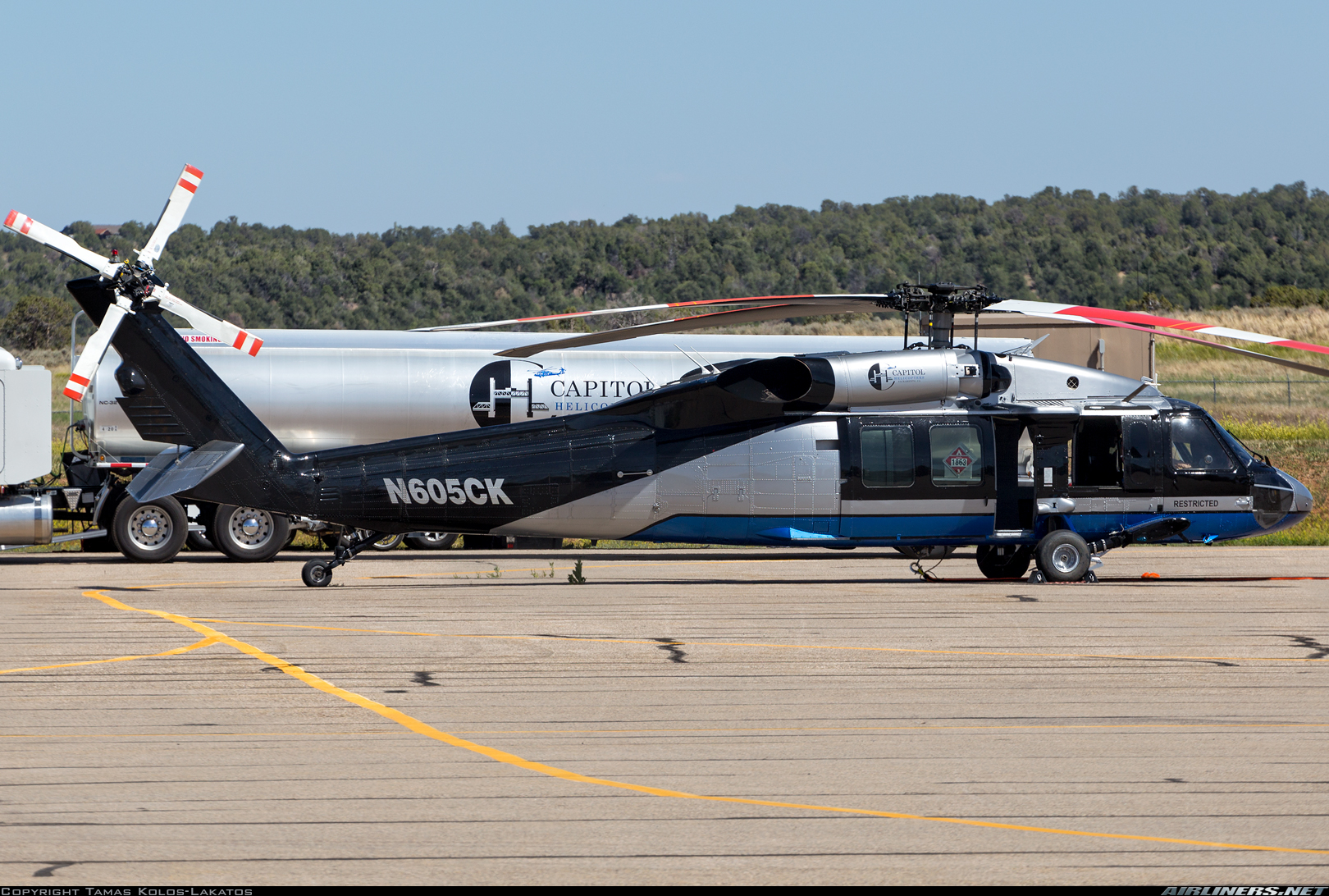High-Performance Multi-Role Rotorcraft Featuring Advanced Cockpit Technologies and Integrated Sensing Unit Systems
The realm of rotorcraft technology has actually seen significant advancements in recent times, particularly in the realm of high-performance multi-role rotorcraft furnished with advanced cabin innovations and seamlessly integrated sensor systems. These advancements have not only boosted the functional capacities of rotorcraft but have also dramatically affected modern aviation operations on various fronts. From enhanced objective adaptability to improved functional efficiency, the merging of innovative cockpit modern technologies and integrated sensing unit systems has introduced a new age of possibilities for rotorcraft applications. In the complying with discussion, we will certainly explore the development of rotorcraft technology, explore the realm of sophisticated cockpit advancements, and analyze the implications of integrated sensor systems on the functional adaptability and performance of modern rotorcraft.
Development of Rotorcraft Innovation
The development of rotorcraft innovation has actually been marked by significant innovations in aerodynamics, products, and propulsion systems, forming the capabilities and efficiency of modern rotorcraft. Wind resistant improvements have enhanced the performance and ability to move of rotorcraft, permitting enhanced speed, dexterity, and security throughout trip (sikorsky s 70). Technologies in materials, such as making use of composite materials and progressed alloys, have actually led to lighter yet more powerful rotorcraft frameworks, improving general performance and durability. Furthermore, improvements in propulsion systems, including more effective engines and ingenious propulsion modern technologies, have enabled rotorcraft to attain greater altitudes, faster speeds, and greater payloads.
These improvements have not only changed the capacities of rotorcraft yet have actually also expanded their applications throughout various sectors, including army, business, and emergency situation solutions. The continual advancement of rotorcraft innovation remains to drive development in the field, pushing the boundaries of what is possible and shaping the future of vertical flight.
Advanced Cockpit Innovations
Structure upon the fundamental advancements in aerodynamics, products, and propulsion systems, the realm of rotorcraft modern technology now shifts focus towards introducing Advanced Cabin Innovations. The assimilation of cutting-edge innovations within the cabin environment plays a critical role in improving the operational capabilities, safety, and efficiency of contemporary rotorcraft. sikorsky s 70. Advanced Cabin Innovations encompass a vast variety of features designed to supply pilots with boosted situational awareness, structured data management, and user-friendly control user interfaces
Among the vital innovations in cockpit design is the implementation of glass cockpits, which change standard analog gauges with high-resolution screens. These digital systems supply personalized designs, real-time information integration, and boosted readability, enabling pilots to gain access to essential information at a look. Furthermore, progressed avionics systems, such as fly-by-wire controls and enhanced truth displays, are revolutionizing how pilots communicate with the aircraft, allowing for precise control and improved decision-making abilities.


Integrating innovative cabin technologies not just improves pilot efficiency yet additionally adds to total goal efficiency and safety and security in intricate operational atmospheres. By leveraging modern innovations within the cabin, rotorcraft makers are establishing brand-new standards for operational quality and objective success.
Integrated Sensing Unit Equipments
With the evolution of rotorcraft modern technology, the assimilation of sophisticated Integrated Sensor Systems has actually ended up being paramount in enhancing functional performance click this link and safety and security. These Integrated Sensing unit Equipments encompass a broad array of innovations that supply important data for different features such as navigation, surveillance, targeting, and environmental surveillance. By flawlessly incorporating sensing units like radars, electronic cameras, lidar, and infrared systems right into rotorcraft, drivers can gain from improved situational recognition, enhanced goal abilities, and minimized pilot work.
One key benefit of Integrated Sensor Systems is their ability to collect real-time information and give workable understandings to pilots and objective operators. Advanced radar systems can spot and track targets over long distances, allowing for early risk discovery and efficient feedback preparation. Additionally, incorporating electro-optical and infrared cams makes it possible for rotorcraft to carry out reconnaissance and security objectives with precision and precision.
Essentially, the integration of cutting-edge sensing unit modern technologies right into rotorcraft not just improves functional performance but additionally contributes significantly to general mission success and staff safety. As rotorcraft proceed to progress, the role of Integrated Sensor Equipment will most certainly stay at the forefront of technology in the aerospace sector.
Functional Flexibility and Performance
Enhancing operational adaptability and performance in rotorcraft is an all-natural progression from the integration of innovative Integrated Sensing unit Systems. By leveraging the understandings and data given by these innovative sensing unit systems, rotorcraft can maximize their performance across different objectives and atmospheres.
Functional adaptability encompasses the ability of rotorcraft to adapt to various functions and circumstances effectively. With advanced cabin innovations and incorporated sensor systems, rotorcraft can flawlessly transition in between jobs such as search and rescue, clinical evacuation, monitoring, and much more. This versatility enhances the rotorcraft's capability to fulfill varied operational requirements without requiring extensive reconfiguration.
Effectiveness in rotorcraft operations is essential for making best use of mission effectiveness and source application. Integrated sensing unit systems play an essential role in boosting functional performance by providing real-time data on weather, surface mapping, target monitoring, and a lot more. This information enables pilots to make informed decisions swiftly, optimize flight paths, conserve published here gas, and improve overall mission productivity.
Effect On Modern Aviation Workflow

Furthermore, the combination of advanced sensing units assists in improved objective planning and execution, enabling rotorcraft to execute a wide variety of tasks with boosted accuracy. From search and rescue operations to airborne firefighting and police objectives, the capabilities of contemporary rotorcraft outfitted with advanced cockpit technologies and incorporated sensor systems are unparalleled.
Furthermore, the effect of these advancements prolongs past operational performance to cost-effectiveness and sustainability. By enhancing flight courses, gas usage, and upkeep routines, high-performance rotorcraft outfitted with advanced cabin innovations and sensors contribute to decreasing functional costs and environmental influence, making them essential properties in modern-day aeronautics procedures.
Verdict
To conclude, the high-performance multi-role rotorcraft with advanced cockpit technologies and incorporated sensor systems stands for a substantial evolution in air travel innovation. These developments improve functional versatility and effectiveness, inevitably influencing modern aviation operations in a positive means. The assimilation of these innovative modern technologies permits boosted capacities and efficiency in numerous objective situations, showcasing the proceeded improvement of rotorcraft modern technology in the air travel market.
The realm of rotorcraft technology has actually seen notable developments in current times, especially in the realm of high-performance multi-role rotorcraft geared up with innovative cabin technologies and flawlessly incorporated sensor systems. From enhanced goal versatility to enhanced functional performance, the convergence of advanced cockpit technologies and integrated sensing unit systems has ushered in a new period of opportunities for rotorcraft applications. In the complying with conversation, we will explore the advancement of rotorcraft innovation, delve right into the realm of advanced cockpit advancements, and examine the effects of incorporated sensing unit systems on the operational convenience and effectiveness of modern rotorcraft.

Comments on “Why the Sikorsky S 70 is the Preferred Choice for Modern Helicopter Missions”